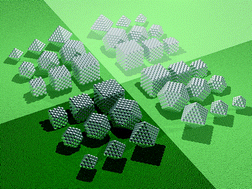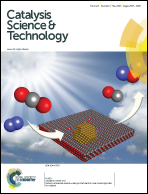Using structural diversity to tune the catalytic performance of Pt nanoparticle ensembles
Abstract
Recent developments of metallic nanoparticle catalysts have been largely based on the assumption and evidence that exquisite control over the size or shape (or both) is critically important to the economic efficiency of future products. However, the cost associated with reducing polydispersivity on the industrial scale is also a limiting factor, and at this stage it is unclear if samples that are monodispersed in size or shape are more desirable. In this study we use a combination of thermodynamic and statistical models to explore how restricting different types of structural polydispersivity impacts the performance of platinum electrocatalysts, characterized by the molar density of surface defects, and their respective degree of under-coordination. We find that a combination of simultaneous size and shape control is advantageous, but attention and resources should be directed toward producing shape control. More specifically, a sample containing particles entirely enclosed by {111} facets, regardless of the geometric shape, will always outperform samples where other crystallographic facets are present; but perfect monodispersivity is unnecessary. Distributions in both size and shape are acceptable (and can even be useful), provided they are predictable and reproducible.


 Please wait while we load your content...
Please wait while we load your content...